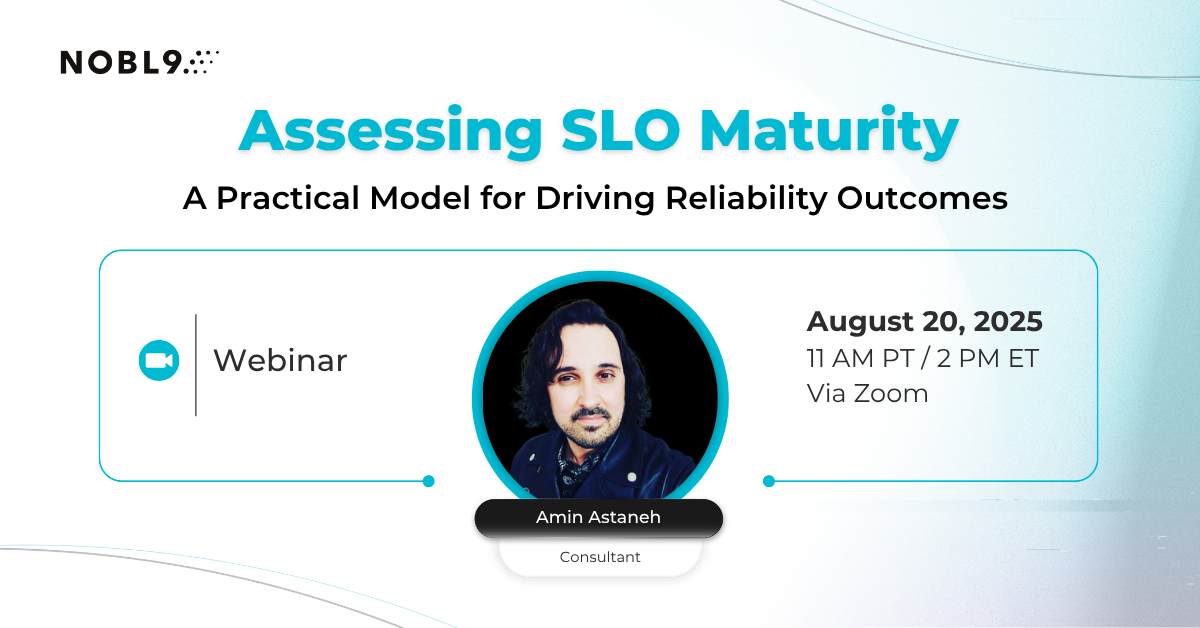More by Alex Hidalgo:
Today I Join the Noble Pursuit of User Happiness You Can See More From the Top| Author: Alex Hidalgo
Avg. reading time: 3 minutes
I love Twitter. Like any other aspect of the Internet, it can sometimes be maddening. Still, especially in the tech community, I’ve found it an invaluable resource in terms of great information, daily doses of humor, and connections.
Just a few days ago someone retweeted a brilliant and humorous take into my timeline:
As the author of a book myself, I immediately connected with the concept of needing to look stuff up in my own work. The SLO Book goes even a step further: a little under half of the chapters were actually written by collaborators! This can make it even more difficult to conjure up important details.
While I read this tweet, I realized that I had written up a “cheat sheet” for The SLO Book a little while back for my coworkers and then realized there wasn’t any reason it shouldn’t be public! So, in about 500 incredibly colloquial words, I present to you: The SLO Book Cheatsheet.
Chapter 1: The Reliability Stack
By Alex Hidalgo
What even are SLIs, SLOs, and error budgets and why should I care?
Chapter 2: How To Think About Reliability
By Alex Hidalgo
Reliability is an often misunderstood phrase. Let’s talk about what it actually means. This is important!
Chapter 3: Developing Meaningful Service Level Indicators
By Alex Hidalgo
How do you come up with SLIs that are actually meaningful to users instead of just “availability” or “latency,” which don’t really tell you much?
Chapter 4: Choosing Good Service Level Objectives
By Alex Hidalgo
It would help if you had a target percentage, but people think they need to be close to 100% and, for some reason, think they should use only the number 9, and these things are both false. Also, let’s use some basic statistics to help you pick a good target.
Chapter 5: How to Use Error Budgets
By Alex Hidalgo
Let’s list a bunch of things you can actually use error budgets for and also go into the math for how to calculate them (although that’s not relevant anymore cause the answer is to use Nobl9, of course.)
Chapter 6: Getting Buy-In
By David K. Rensin
How to convince everyone that SLOs are good. Leadership, operations, development, legal, product, QA, etc.
Chapter 7: Measuring SLIs and SLOs
By Ben Sigelman
What even are the ways you can actually do this whole SLI/SLO measurement stuff?
Chapter 8: SLO Monitoring and Alerting
By Niall Murphy
Threshold alerts are stupid! Here’s how to do something better!
Chapter 9: Probability and Statistics for SLIs and SLOs
By Toby Burress and Jaime Woo
You probably don’t actually have the right data you need for this whole SLO thing. But that’s okay: math is here.
Chapter 10: Architecting for Reliability
By Salim Virji
Let’s talk about how you can make your new services more reliable by thinking about SLOs during the design phase.
Chapter 11: Data Reliability
By Polina Giralt and Blake Bisset
Thinking about the reliability of data is waaaay different than thinking about other kinds of reliability, so here is a whole chapter about how to do that.
Chapter 12: A Worked Example
By Alex Hidalgo
Let’s talk about an example company with exemplary service and how they do the whole SLO thing pretty well! Also, there are cute dog pictures in this one. (Thanks, Denise Yu!)
Chapter 13: Building an SLO Culture
By Harold Treen
You need lessons and advice to help you and your team and your organization actually do this whole SLO thing instead of just talking about it.
Chapter 14: SLO Evolution
By Alex Hidalgo
SLOs aren’t static. They can and should change. Let’s talk about when and why they should!
Chapter 15: Discoverable and Understandable SLOs
By Alex Hidalgo
Part of what SLOs do is help you communicate. So let’s make sure you can communicate using them WELL.
Chapter 16: SLO Advocacy
By Daria Barteneva and Eva Parish
The whole SLO thing is as much cultural as it is anything else. You need to evangelize for this to work well. Here’s a bunch of tips about how to do that!
Chapter 17:Reliability Reporting
By Alex Hidalgo
SLOs help you re-think how you achieve reliability. Let’s talk about why that is and why you shouldn’t trust things like MTTX or severity levels.
So, there you have it: a cheat sheet for The SLO Book. I hope it can help you to better use it as a reference.
Image Credit: Fletcher Pride on Unsplash









.png?width=1200&height=628&name=Building%20Reliable%20E-commerce%20Experiences%20(34).png)

.png?width=1200&height=628&name=Building%20Reliable%20E-commerce%20Experiences%20(33).png)






Do you want to add something? Leave a comment